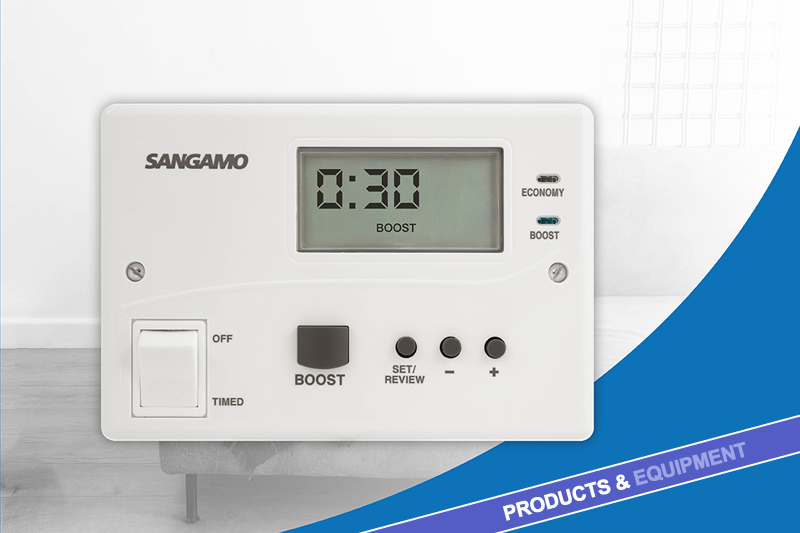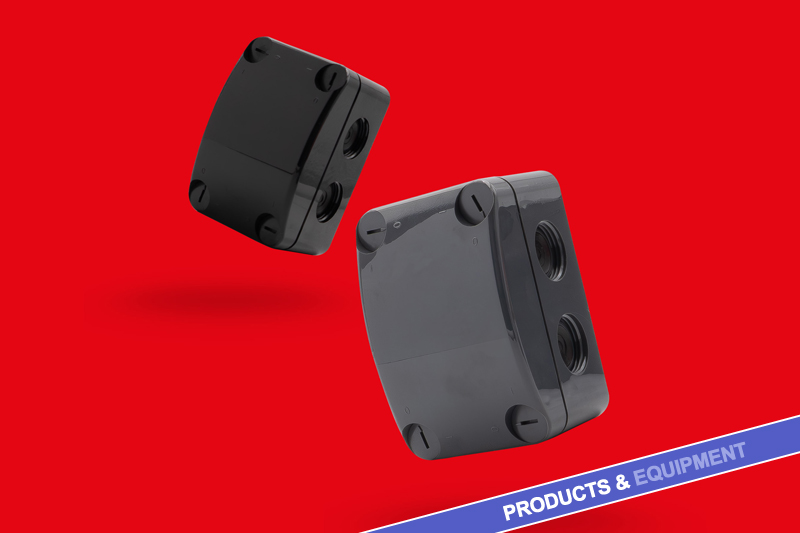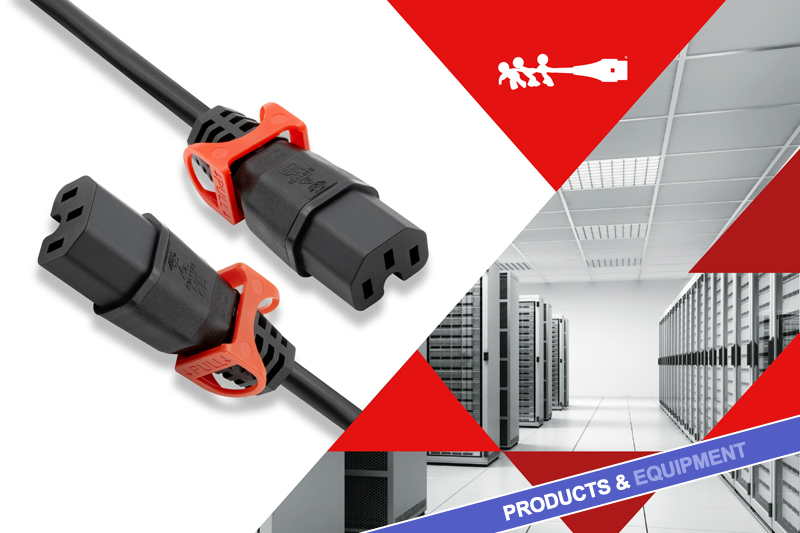Katie Plumstead, Group Marketing Manager at Scolmore Group, looks at the benefits of some of the smart products proving popular with end users and how wholesalers can help drive demand.
Wireless technology has steadily become a bigger presence in most people’s everyday lives. Whether it’s at work, home, a stadium or even in cars, people rely on wireless technology for information, for entertainment, to control devices and appliances, to communicate and much more.
Convenience and ease of use will always be important features for smart products, for example, calling out “Alexa, lights on” when you walk into a room.
However, it is the element of control that has assumed growing importance, particularly in the prevailing environment where energy efficiency remains a hot topic.
This is where a product like Scolmore’s Click Smart+ wireless smart scenario switch comes into its own. The battery powered wireless smart scenario switch allows you to control multiple lights and appliances.
With one click, you can create multiple smart solutions, bringing added convenience, comfort, security, energy saving and ultimately more control in the home.
It offers many possibilities. You can set routines for lights and appliances to turn on and off as required to help create a more energy efficient home.
You can also create different atmospheres for each room by personalising the lights. Working in conjunction with the Click Smart+ hub (sold separately) the smart switch offers six possible activation clicks – one to three on the up click and one to three on the down click – to maximise the scenarios that can be controlled.
The smart switch is designed with Scolmore’s GridPro module benefits in mind, allowing users to choose any finish plate desired. It can be installed using the clip-in method with Yoke assembly or using the screw method directly to the front plate.
The module is available in a white or black finish. It is configurable within the ClickSmart+ app for remote switching – with wireless pairing to ClickSmart+ switch and dimming devices. Multiple devices can be added to each Tap-to-Run action and the grouping of actions can create a range of scenarios around the home e.g., leaving home – one single click to switch off all paired devices.
Smart control outdoors
It isn’t just inside the home that wireless technology solutions are being embraced. With the garden being treated as an additional room for householders, smart solutions are being used to bring power and control outdoors.
We all know just how valuable a space the garden proved to be during lockdown. In many instances, sheds and summer houses were repurposed as offices, outdoor bars were built and decking and gazebos installed and furnished to extend the living space.
Gardens were given a lot more attention and consumers were looking to professional installers to help with a range of outdoor projects.
With power brought to the outdoor spaces, Scolmore’s Click Smart+ range will allow remote control of any electrical elements outside – switching on lighting, controlling an outdoor appliance or water feature for example, as well as the ability to switch off power for security reasons.
The Click Smart+ range has been created to simplify and streamline connected home products – lighting controls, smart sockets, security cameras and sensors. It utilises Zigbee technology – one of the most widely adopted smart home communication protocols.
Zigbee certified devices require the Click Smart+ Hub and communicate with each other using a mesh network. This creates multiple pathways for the connection of multiple smart home devices without compromising signal and communication range.
The future is wireless
According to a report from Research and Markets, the global smart homes market is expected to grow from $91.79 billion in 2022 to $205.61 billion in 2026 at a CAGR of 22.3%.
The smart homes market consists of sales of smart home solutions that are defined as a system that connects with the appliances in the house for automating various tasks. Smart homes offer homeowners comfort, security, energy efficiency and convenience by allowing them to control their smart devices. They are remotely controlled through a smart home app on the smartphone or various other networked devices.
For more information, click here





